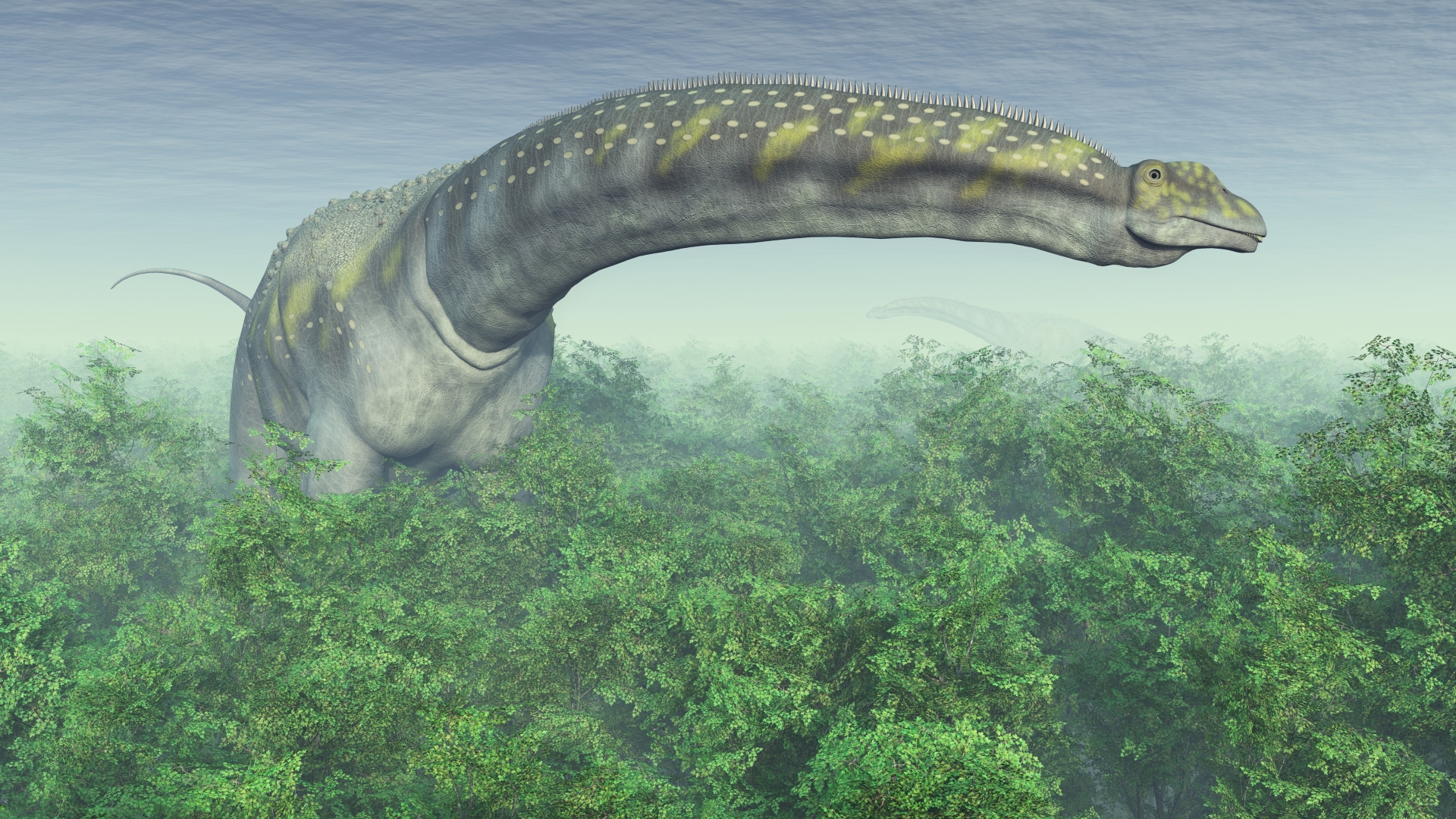Researchers saw for the first time in 2020 what may be the longest animal. A 150-foot-long siphonophore was spotted in a deep-sea canyon off Australia. Each member of this group of species is made up of lots of smaller animals called zooids, which connect to form a long, string-like colony similar to a coral but that swims freely in the ocean.
It raises the question of if there are more giant animals humans haven't discovered yet. The answer is definitely yes. The siphonophore is one of the giants that humans have found in recent decades, and scientists are still learning about life on Earth.
According to the Monterey Bay Aquarium in California, Siphonophores live between 2,300 and 3,280 feet below the surface. Sometimes scientists don't have to go to such depths. A whale washed up on a New Zealand beach in 2011. A group of deep-diving whales that are rarely seen alive were identified as a new member of the beaked whale family in 2021.
What is the biggest animal in the world?
While researchers are only beginning to understand the deep ocean, they are familiar with large animals on land. African bush elephants are in the savanna. According to The Nature Conservancy, they are the largest living land animals on the planet, standing up to 13 feet high and weighing up to 10 metric tons. It would be hard to miss a giant creature on our planet.
Most research into large land animals leads to reclassifications rather than new discoveries. The Tapanuli orangutans on the Indonesian island of Sumatra were identified as a distinct species from other orangutans.
These orangutans are less than 5 feet tall and are not giants. There is no evidence for the existence of Bigfoot or any other monster that is very different from what has already been identified.
The largest unknown animals are usually dug up. Humans are still looking for giants in the fossil record. A group of sauropod dinosaurs called titanosaurs are among the recently discovered giants.
The amount of meat walking around in one of these animals is the same as in a fully grown bull African elephant, according to a paleontologist at the Natural History Museum in London.
Some of the biggest titanosaurs were discovered recently in Argentina and are in contention for the largest animals on record. Argentinosaurus was the heaviest and potentially largest titanosaur, but there is some ongoing scientific debate about their sizes.
According to the Natural History Museum, Argentinosaurus was 115 feet long and weighed up to 70 tons. New rivals are still emerging. Live Science previously reported that the paleontology scene was burst onto in the 66 to 60 metric ton range. Researchers have yet to fully excavate a titanosaur discovery that could be even bigger.
What is the world's largest dinosaur?

There will be more discoveries of titanosaurs. He said that the rate of these finds has increased along with a broader upward trend in fossil discoveries.
In the past, most of that work was done in North America and Europe.
The evidence for giant extinct beasts is not always forthcoming despite the increased rate of discovery. The Argentinosaurus is the top seed for the largest dinosaur.
It is difficult to become a fossil in the first place. A lot of things have to go right for an animal to be preserved in rock. The bones of an animal need to be buried quickly in mud or sand so that they cannot be eaten by a predator or eroded over time.
If you're a sauropod and you're 100 feet long, your chances of getting buried in one go are low.
There is no theoretical maximum size for a land animal. Blue whales are the heaviest animals on record with a maximum weight of at least 150 tons. titanosaurs did not have to hold their weight up on land.
There needs to be a limit to how big animals can grow and still support themselves under the weight of gravity. Paleontologists have been surprised before when dinosaur discoveries make a big jump up in size.
I don't want to say that we're close to that limit, because tomorrow someone could find something even bigger.
It was originally published on Live Science.